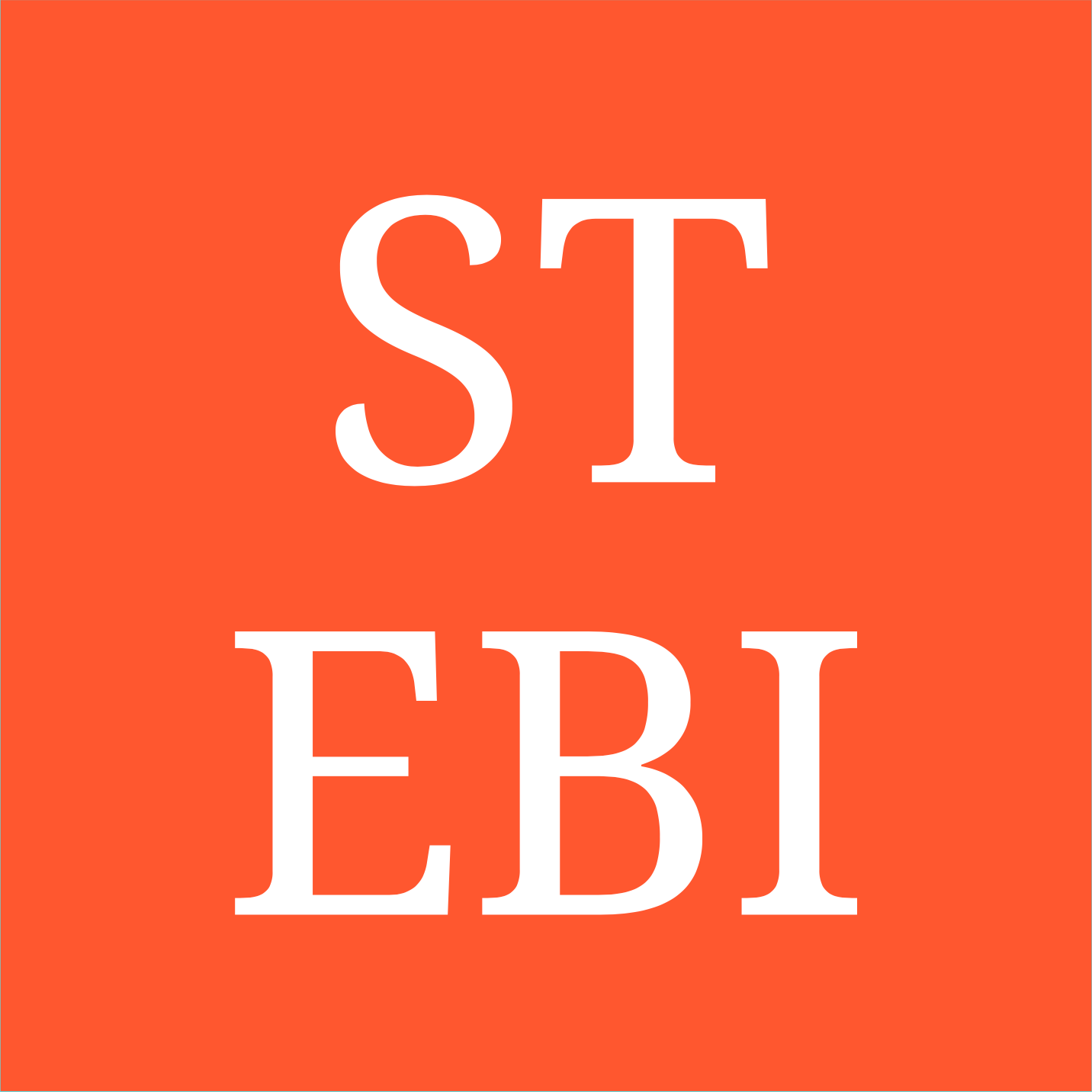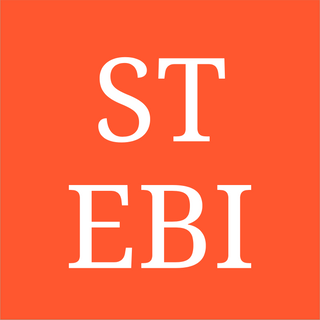Web3 and Crypto
Which way is the internet going? And where does Crypto come in?

Table of Contents
Hi there
Over the past month, everywhere I’ve gone, everyone I’ve met, invariably talks about crypto. My stance on it, for a good 4-5 years has been — “I don’t understand it well enough to have a strong opinion.”
Well, now I do.
If you’ve heard words like — Bitcoin, Ethereum, Smart Contracts… and more recently — NFTs, DAOs, DApps, and Web 3.0 — but never understood them, today is your lucky day.
Let’s start from the very beginning.
At first, during Web1 (the first generation of the internet), the internet was just a digital alternative to print publication. At this time, the site’s visitors couldn’t interact with it through likes, comments, etc.
During Web2 (the second generation of the internet), geographical distances ceased to be barriers to interaction and all the information of the world became available on demand. The key theme through it all? Network!
Google allowed us to search through a massive interconnected network, Facebook became a powerful social network, and Uber gained scale by creating a network of drivers and commuters… The secret sauce to Web2-success, was to create a mighty network!
So, what now!?
Just like “network” was the core theme of Web2 (the second generation of the internet), “decentralisation” will be the core theme for Web3 (the third generation of the internet).
With Web3, the internet will take on the centralisation of power, and its resultant abuse; this is apparent in the new technologies on the horizon like:
- Bitcoin: The largest cryptocurrency in the world. A confrontation against the centralised money-printing-power that central banks enjoy.
- DAOs (Decentralised Autonomous Organisations): Basically companies, with no central authority, where pre-set (encoded) rules govern their decision-making. These are worker-owned outfits, the governing code of which is transparent by design, and ever-open to audit. A confrontation against opaque corporate structures.
- DApps: Short for Decentralised Apps, are like regular apps; only difference being that the app provider doesn’t get a cut. Think of the Zomato app where Zomato (the company) doesn’t get a cut from every order you make. How? These apps are built on a blockchain where every restaurant is a node on the blockchain, and customers interact directly with the restaurant (via the blockchain), not through Zomato. DApps are a confrontation against large network-controllers who accumulate user demand, and use that power to squeeze profits from the actual providers of the service.
- NFTs: Short for Non-fungible Tokens, aren’t really about decentralisation, but they are, ownership of an original digital file. Take for example, any meme that you like, if you owned its original, with proof of it being the original, it's akin to owning the original artwork of your favourite painter. Sure, there will be copies, but this is about social pride. NFTs make digital collectors’ items possible.
- Smart Contracts: If you’ve been the victim of a fudged contract, or a painfully long property transfer procedure, you’ll love smart contracts. Smart contracts are self-executing contracts that work on the “if this… then that” logic. The terms agreed between parties are coded into the contract, and these contracts enforce themselves without the need for a bank or a legal authority. These contracts exist on a blockchain which, again, is accessible by anyone, and open to audit. A confrontation against enforcement outfits when are prone to corruption.
- Ethereum: Second in popularity (to Bitcoin), Ethereum however, is more than just a currency. It’s a programmable blockchain. For the most part — smart contracts, NFTs, Dapps, and DAOs — are built on the Ethereum blockchain. Sure, other competitors exist, but Ethereum is the front-runner.
One of the themes that underly all of these is that, the digital world is becoming (or probably already is) just as important as the physical world. Think about it. Your digital persona means something to you. For some, it means more than their physical persona. We’re all meeting people virtually, working on connected devices, and consuming digital entertainment (videos, audio, games, etc.). But all these experiences exist in silos. We have different logins everywhere. So in effect, the current internet is categorised by the service you are using — Instagram, Netflix, Zoom, etc.
Now, once the internet becomes decentralised, all individuals would directly interact with one another. Rather than through large centralised powers like a bank or a super app. And for this to be possible, each one’s unique digital persona needs to exist. This persona (or avatar), would be like our human frame, only that it will exist digitally, and would allow us to enter into and exit from any virtual interaction. For this to be true, the internet needs to be categorised by user. Hence, user identity will become the centre point of all virtual experiences.
This will further snowball the current trend where, your geographical presence doesn’t dictate your economic opportunity. The world would become even more of a global village.
That does not imply that the physical world would become insignificant. Food, clothing, and housing will still be supremely important. But these transactions too, would happen digitally. I do, however, feel that the clogged metro city culture will die out. People will prefer to live in more naturally beautiful spaces, in ample space.
Virtual societies would be grouped by interests, rather than by geography. We’ll have companies, excuse me, DAOs, where all workers live in different countries and work together virtually. But, which currency would they get paid in?
Let’s discuss currency.
In the physical world, for sustaining order, peace, and culture — countries and governments have existed. At the start of international trade, the common medium of exchange had to be one that was considered valuable throughout the world. That was Gold… a decentralised asset. One that no one controlled the supply of. Gold had all the desired qualities — brilliance, scarcity, mass acceptance, and the ability to be broken into small fragments. However, over time, once a country amassed extensive power, they strong-armed others into using their native currency. Think the UK in the 1800s and the US in the 1900s.
Everything changes. But human nature stays the same.
I guess that in the initial stages of this virtual realm, a decentralised cryptocurrency would be the common medium of exchange (and Bitcoin is the best bet for this). But, as certain players accrue more power, chances are, that they’ll try to strong-arm others into using their proprietary currency.
I’ve heard the skeptic’s questions like — what’s the intrinsic value of bitcoin? What happens if countries shut it down? How can a currency fluctuate so much?
I’ve asked them too in the past.
But, really, what’s the intrinsic value of an indian rupee? And, many things have been banned in the past, yet they’ve existed, or even thrived… because the vast society found them desirable. And fluctuation in price is but a reflection of wavering human nature. All those who say currencies cannot fluctuate so much, are blessed to live in a relatively stable economy. Just one look at currency stories of Venezuela and Zimbabwe, shows us the other side of the picture.
The truth is, there is nothing in God’s creation that has absolute value. Everything has value relative to another thing. And if one keeps that in mind, the question of value boils down to just — “Does society find it valuable?”
The answer to which, again, always keeps changing.
If you’ve reached till here, thanks so much for your time! :)
The purpose of this post is to share a perspective on the happenings in the internet world, and encourage the reader to think. As always, it isn’t investment advice. :)
Until next time.
Stebi Newsletter
Join the newsletter to receive the latest updates in your inbox.

